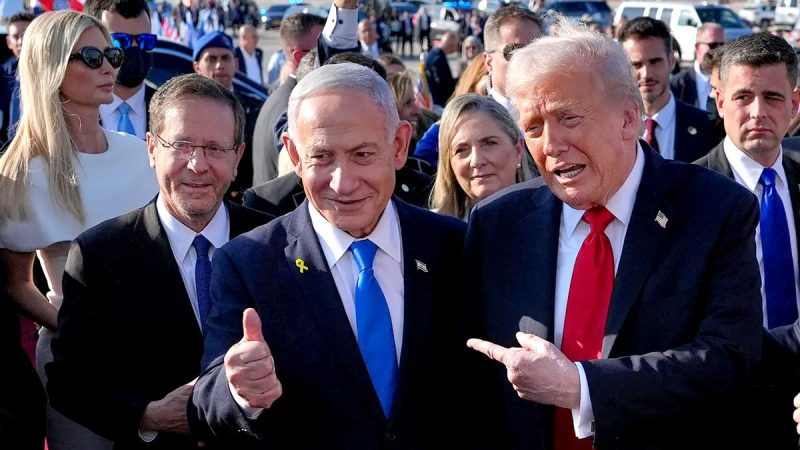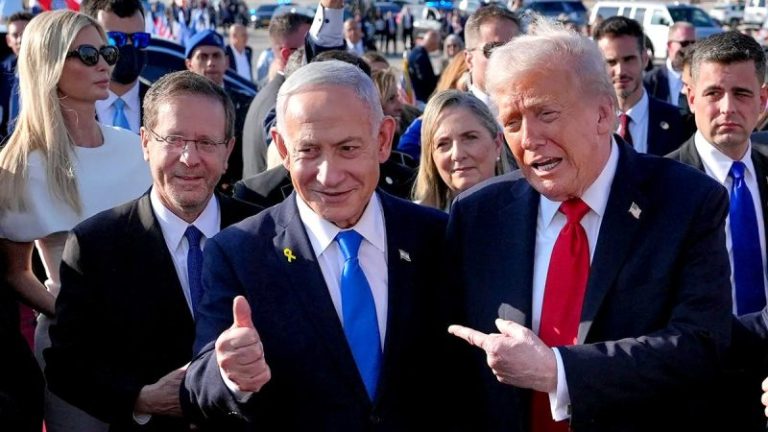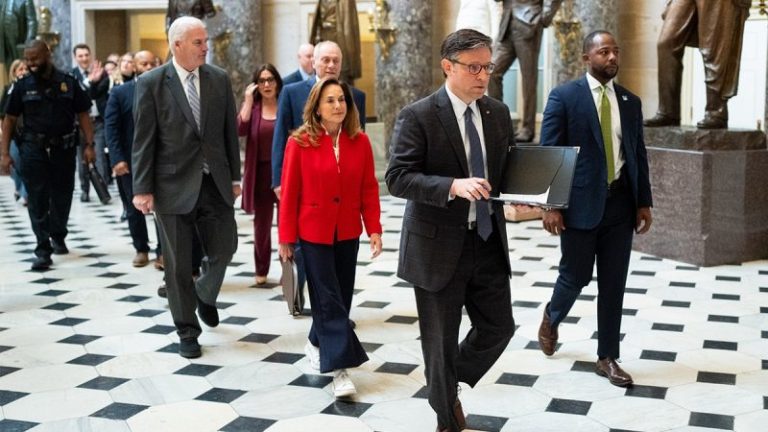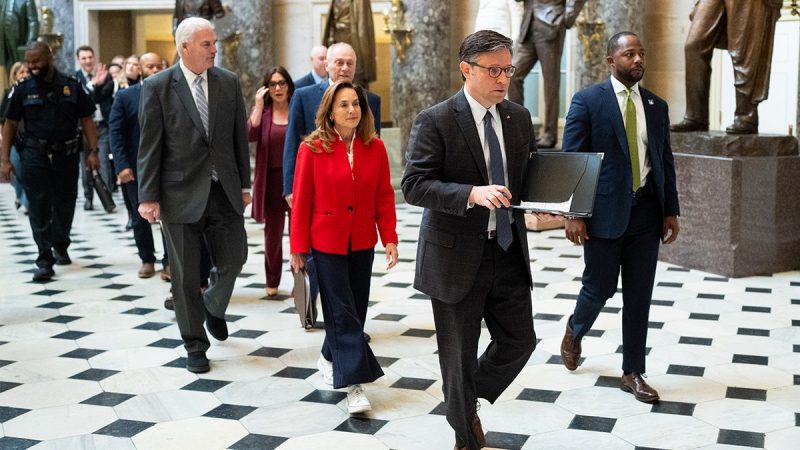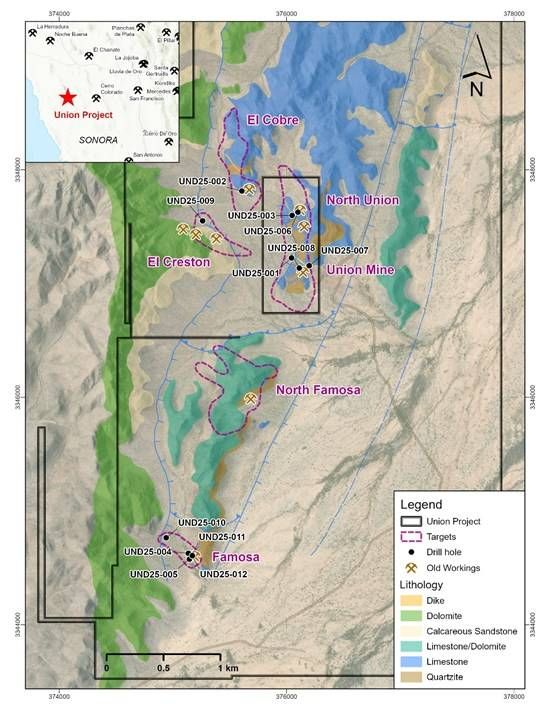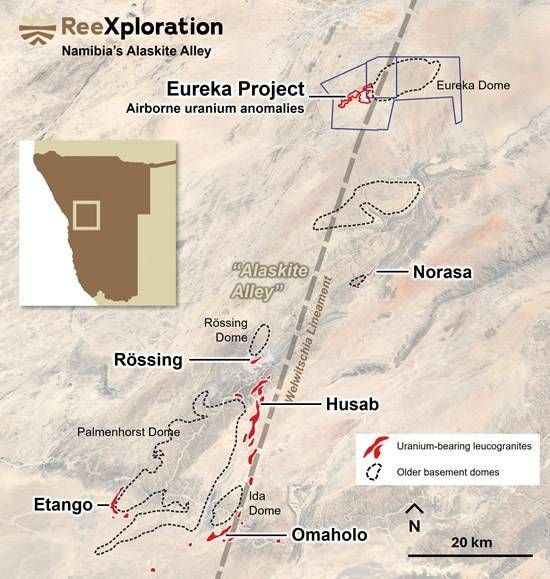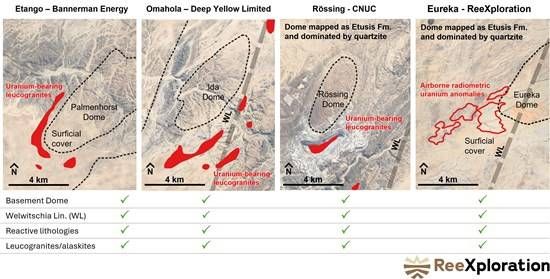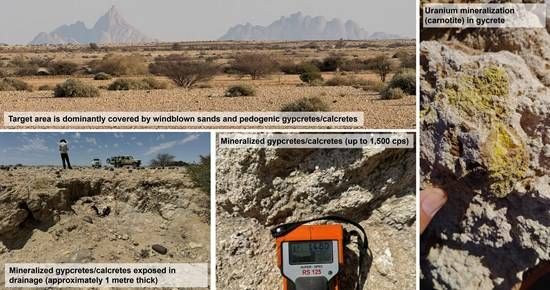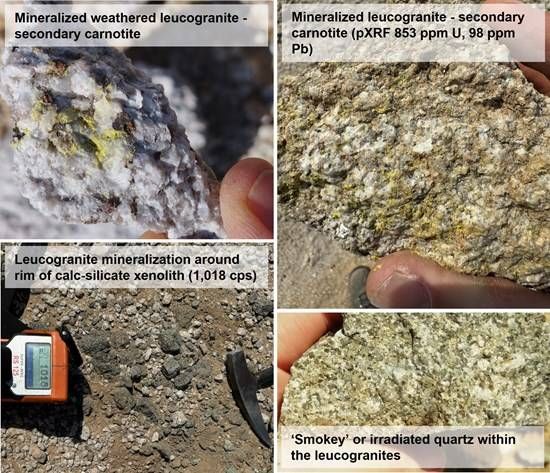/ NOT FOR DISTRIBUTION TO UNITED STATES NEWSWIRE SERVICES OR FOR DISSEMINATION IN THE UNITED STATES /
1911 Gold Corporation (‘ 1911 Gold ‘ or the ‘ Company ‘) (TSXV: AUMB,OTC:AUMBF ; FRA: 2KY ) is pleased to announce that it has entered into an agreement with Haywood Securities Inc. (‘ Haywood ‘), as lead agent and sole bookrunner, on its own behalf and on behalf of a syndicate of agents (together with Haywood, the ‘ Agents ‘), pursuant to which the Agents have agreed to sell, on a ‘best efforts’ private placement basis, up to: (i) 8,065,000 ‘Canadian development expenses’ flow-through units (the ‘ CDE Offered Units ‘) at a price of C$0.992 per CDE Offered Unit (the ‘ CDE Issue Price ‘); and (ii) 3,418,500 ‘Canadian exploration expenses’ flow-through units (the ‘ Tranche 1 CEE LIFE Units ‘) at a price of C$1.104 per Tranche 1 CEE LIFE Unit (the ‘ Tranche 1 CEE Issue Price ‘) for aggregate gross proceeds to the Company from the sale of CDE Offered Units and Tranche 1 CEE LIFE Units of up to C$11,774,504 (the ‘ LIFE Offering ‘).
Additionally, Haywood, on its own behalf and on behalf of the Agents, has agreed to sell, on a ‘best-efforts’ private placement basis, up to: (i) 3,750,000 units of the Company (the ‘ Non-FT Units ‘) at a price of C$0.80 per Non-FT Unit (the ‘ Non-FT Issue Price ‘); (ii) 2,016,500 ‘Canadian exploration expenses’ flow-through units (the ‘ Tranche 1 CEE PP Units ‘ and together with the Tranche 1 CEE LIFE Units, the ‘ Tranche 1 CEE Units ‘)) at the Tranche 1 CEE Issue Price; and (iii) 2,315,000 ‘Canadian exploration expenses’ flow-through units (the ‘ Tranche 2 CEE Units ‘) at a price of C$1.296 per Tranche 2 CEE Unit (the ‘ Tranche 2 CEE Issue Price ‘) for aggregate gross proceeds to the Company from the sale of the Non-FT Units, Tranche 1 CEE PP Units and Tranche 2 CEE Units of up to C$8,226,456 (the ‘ PP Offering ‘ and together with the LIFE Offering, the ‘ Marketed Offering ‘). The Marketed Offering combines aggregate gross proceeds to the Company of up to C$20,000,960. The CDE Offered Units, Tranche 1 CEE Units, Tranche 2 CEE Units, and Non-FT Units are referred to herein as the ‘ Offered Units ‘.
Each CDE Offered Unit will consist of one common share to be issued as a ‘flow-through share’ with respect to ‘Canadian development expenses’ that qualifies as ‘accelerated Canadian development expenses’ (within the meaning of the Tax Act) and one-half of one common share purchase warrant of the Corporation (each whole purchase warrant, a ‘ Warrant ‘). Each Tranche 1 CEE Unit will consist of one common share to be issued as a ‘flow-through share’ with respect to ‘Canadian exploration expenses’ (within the meaning of Tax Act) and one-half Warrant. Each Tranche 2 CEE Unit will consist of one common share to be issued as a ‘flow-through share’ with respect to ‘Canadian exploration expenses’ (within the meaning of Tax Act) that qualify as ‘flow through mining expenditures’ and that are incurred in the province of Manitoba and qualify for the 30% provincial Manitoba Mineral Exploration Tax Credit and one-half Warrant. Each Non-FT Unit will consist of one common share and one-half of one Warrant. Each Warrant will entitle the holder to acquire one common share (a ‘ Warrant Share ‘) at a price per Warrant Share of $1.20 for a period of 24 months from the closing date of the Offering.
The Company has granted the Agents an option to sell up to an additional 15% of the Marketed Offering in any combination of: Non-FT Units at the Non-FT Issue Price, Tranche 1 CEE PP Units at the Tranche 1 CEE Issue Price, and Tranche 2 CEE Units at the Tranche 2 CEE Issue Price (the ‘ Agents’ Option ‘, and together with the Marketed Offering, the ‘ Offering ‘), exercisable in whole or in part at any time up to 48 hours prior to the closing date of the Offering.
The Non-FT Units, Tranche 1 CEE PP Units and Tranche 2 CEE Units will be issued and sold to eligible purchasers pursuant to the available ‘accredited investor’, ‘minimum amount investment’ and ‘family, friends and business associates’ private placement exemptions in accordance with National Instrument 45-106 – Prospectus Exemptions (‘ NI 45-106 ‘) in each of the Provinces of Canada. The CDE Offered Units and Tranche 1 CEE LIFE Units will be offered and sold to eligible purchasers pursuant to the listed issuer financing prospectus exemption under Part 5A of NI 45-106 and Coordinated Blanket Order 45-935 – Exemptions from Certain Conditions of the Listed Issuer Financing Exemption (the ‘ LIFE Exemption ‘) in each of the Provinces of Canada. The Offered Units may be offered and sold to eligible purchasers pursuant to the LIFE Exemption in, the United States and in certain offshore foreign jurisdictions. The Offered Units sold to purchasers in the United States will be made on a private placement basis pursuant to one or more exemptions from registration requirements of the United States Securities Act of 1933, as amended.
For the Tranche 1 CEE Units, the Company, pursuant to the provisions in the Tax Act shall use an amount equal to the gross proceeds of the sale of the Tranche 1 CEE Units to incur qualifying expenditures after the Closing Date and prior to December 31, 2026 in the aggregate amount of not less than the total amount of the gross proceeds raised from the issue of Tranche 1 CEE Units. The Company shall renounce the qualifying expenditures so incurred to the purchasers of the Tranche 1 CEE Units effective on or before December 31, 2025.
For the Tranche 2 CEE Units, the Company, pursuant to the provisions in the Tax Act shall use an amount equal to the gross proceeds of the sale of the Tranche 2 CEE Units to incur qualifying expenditures after the Closing Date and prior to December 31, 2026 in the aggregate amount of not less than the total amount of the gross proceeds raised from the issue of Tranche 2 CEE Units. The Company shall renounce the qualifying expenditures so incurred to the purchasers of the Tranche 2 CEE Units effective on or before December 31, 2025.
For the CDE Offered Units, the Company, pursuant to the provisions in the Tax Act shall use an amount equal to $2,000,000 of the gross proceeds of the sale of the CEE Offered Units to incur ‘accelerated Canadian development expenses’ after the Closing Date and prior to March 31, 2026 in the aggregate amount of not less than $2,000,000 of the gross proceeds raised from the issue of CDE Offered Units. Additionally, the Company, pursuant to the provisions in the Tax Act shall use an amount equal to the gross proceeds of the sale of the CEE Offered Units, less $2,000,000, to incur ‘accelerated Canadian development expenses’ after the Closing Date and prior to June 30, 2026 in the aggregate amount of not less than the total amount of the gross proceeds raised from the issue of CDE Offered Units, less $2,000,000. The Company shall renounce the qualifying expenditures so incurred to the purchasers of the CDE Offered Units effective on or before March 31, 2026 with respect to $2,000,000 and June 30, 2026 with respect to the remainder of the gross proceeds raised from the issue of CDE Offered Units.
The net proceeds from the sale of the Non-FT Units shall be used for general corporate and working capital purposes.
The CDE Offered Units and Tranche 1 CEE LIFE Units to be issued under the Offering will not be subject to resale restrictions pursuant to applicable Canadian securities laws.
The Non-FT Units, Tranche 1 CEE PP Units, and Tranche 2 CEE Units to be issued under the Offering will be subject to a hold period in Canada expiring four months and one day from the closing date of the Offering.
There is an offering document (the ‘ Offering Document ‘) related to the LIFE Offering of CDE Offered Units and Tranche 1 CEE LIFE Units that can be accessed under the Company’s profile on SEDAR+ at https://www.sedarplus.ca and on the Company’s website at www.1911gold.com . Prospective investors of the CDE Offered Units and Tranche 1 CEE LIFE Units should read the Offering Document before making an investment decision.
The Offering is expected to close on or about December 4, 2025 or such other date as the Company and the Agents may agree, and is subject to certain closing conditions including, but not limited to, the receipt of all necessary approvals including the conditional listing approval of the TSX Venture Exchange (‘ TSXV ‘) and the applicable securities regulatory authorities. The Offering is subject to final acceptance of the TSXV.
In consideration for their services, the Company has agreed to pay the Agents a cash commission equal to 6.0% of the gross proceeds from the Offering (subject to reduction to 3.0% on certain president’s list purchases) and that number of non-transferable compensation options (the ‘ Compensation Options ‘) as is equal to 6.0% of the aggregate number of Offered Units sold under the Offering (subject to reduction to 3.0% on certain president’s list purchases). Each Compensation Option is exercisable to acquire one common share of the Company at a price equal to the Non-FT Issue Price for a period of 24 months from the closing date of the Offering, except Compensation Options issued with respect to president’s list purchasers, with such Compensation Options to be exercisable for a period of nine months from the closing date of the Offering.
The Offered Units have not been registered and will not be registered under the U.S. Securities Act of 1933, as amended, and may not be offered or sold in the United States absent registration or an applicable exemption from the registration requirements. This press release shall not constitute an offer to sell or the solicitation of an offer to buy nor shall there be any sale of the securities in any State in which such offer, solicitation or sale would be unlawful.
About 1911 Gold Corporation
1911 Gold is a junior explorer and developer that holds a highly prospective, consolidated land package totaling more than 61,647 hectares within and adjacent to the Archean Rice Lake greenstone belt in Manitoba, and also owns the True North mine and mill complex at Bissett, Manitoba. 1911 Gold believes its land package is a prime exploration opportunity, with the potential to develop a mining district centred on the True North complex. The Company also owns the Apex project near Snow Lake, Manitoba and the Denton-Keefer project near Timmins, Ontario, and intends to focus on organic growth and accretive acquisition opportunities in North America.
1911 Gold’s True North complex and the exploration land package are located within and among the First Nation communities of the Hollow Water First Nation and the Black River First Nation. 1911 Gold looks forward to maintaining open, cooperative, and respectful communications with all of our local communities and stakeholders to foster mutually beneficial working relationships.
ON BEHALF OF THE BOARD OF DIRECTORS
Shaun Heinrichs
President and CEO
For further information, please contact:
Shaun Heinrichs
Chief Executive Officer
(604) 674-1293
sheinrichs@1911gold.com
www.1911gold.com
CAUTIONARY STATEMENT REGARDING FORWARD-LOOKING INFORMATION
This news release may contain forward -looking statements. Often, but not always, forward- looking statements can be identified by the use of words such as ‘plans’, ‘expects’ or ‘does not expect’, ‘is expected’, ‘budget’, ‘scheduled’, ‘estimates’, ‘forecasts’, ‘intends’, ‘anticipates’ or ‘does not anticipate’, or ‘believes’, or describes a ‘goal’, or variation of such words and phrases or state that certain actions, events or results ‘may’, ‘could’, ‘would’, ‘might’ or ‘will’ be taken, occur or be achieved .
All forward-looking statements reflect the Company’s beliefs and assumptions based on information available at the time the statements were made. Actual results or events may differ from those predicted in these forward-looking statements. All of the Company’s forward-looking statements are qualified by the assumptions that are stated or inherent in such forward-looking statements, including the assumptions listed below. Although the Company believes that these assumptions are reasonable, this list is not exhaustive of factors that may affect any of the forward-looking statements.
Forward-looking statements involve known and unknown risks, future events, conditions, uncertainties and other factors which may cause the actual results, performance or achievements to be materially different from any future results, prediction, projection, forecast, performance or achievements expressed or implied by the forward-looking statements. All statements that address expectations or projections about the future, including, but not limited to, statements with respect to the terms of the Offering, the use of proceeds of the Offering, the timing and ability of the Company to close the Offering, the timing and ability of the Company to receive necessary regulatory approvals, the tax treatment of the securities issued under the Offering, the timing for the qualifying expenditures to be incurred and to be renounced in favour of the subscribers, and the plans, operations and prospects of the Company, are forward-looking statements.
In making the forward-looking statements included in this news release, the Company have applied several material assumptions, including that the Offering will close on the anticipated terms; that the Company will use the net proceeds of the Offering as anticipated; that the Company will receive all necessary approvals in respect of the Offering; the Company´s financial condition and development plans do not change because of unforeseen events, and management’s ability to execute its business strategy and no unexpected or adverse regulatory changes with respect to the Company mineral projects, and that the specific proposals to amend the Tax Act publicly announced on March 3, 2025 by the Minister of Energy and Natural Resources on behalf of the Minister of Finance proposing an amendment to extend the mineral exploration tax credit for investors in flow-through shares until March 31, 2027 will be enacted. Forward-looking statements and information are subject to various known and unknown risks and uncertainties, many of which are beyond the ability of the Company to control or predict, that may cause the Company’s actual results, performance or achievements to be materially different from those expressed or implied thereby, and are developed based on assumptions about such risks, uncertainties and other factors set out herein. Although 1911 Gold has attempted to identify important factors that could cause actual actions, events or results to differ materially from those described in forward-looking statements, there may be other factors that cause actions, events or results not to be as anticipated, estimated or intended. There can be no assurance that forward-looking statements will prove to be accurate, as actual results and future events could differ materially from those anticipated in such statements. Accordingly, readers should not place undue reliance on forward-looking statements.
All forward-looking statements contained in this news release are given as of the date hereof. The Company disclaims any intention or obligation to update or revise any forward-looking statements whether as a result of new information, future events or otherwise, except in accordance with applicable securities laws.
Neither TSX Venture Exchange nor its Regulation Services Provider (as that term is defined in the policies of the TSX Venture Exchange) accepts responsibility for the adequacy or accuracy of this release.



